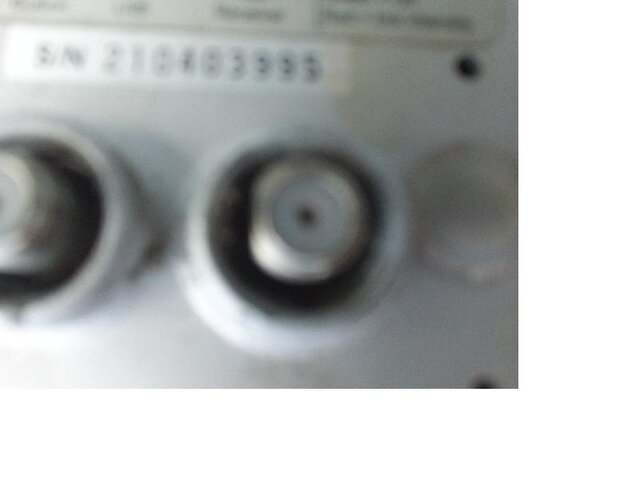
To correct a warped reflector, hold the low areas of the dish rim like a steering wheel and quickly thrust the reflector away from your body like the motion of passing a basketball. This action will cause the reflector to slightly flex and spring back into the factory pressed shape. Check for correction with the string test. It may be necessary to repeat the flexing process several times until the reflector edges are uniformly flat.
The GS120 fix for the loose F-fitting on later models was to place a f-fitting chassis nut on the housing then set the PCB to the fittings.



